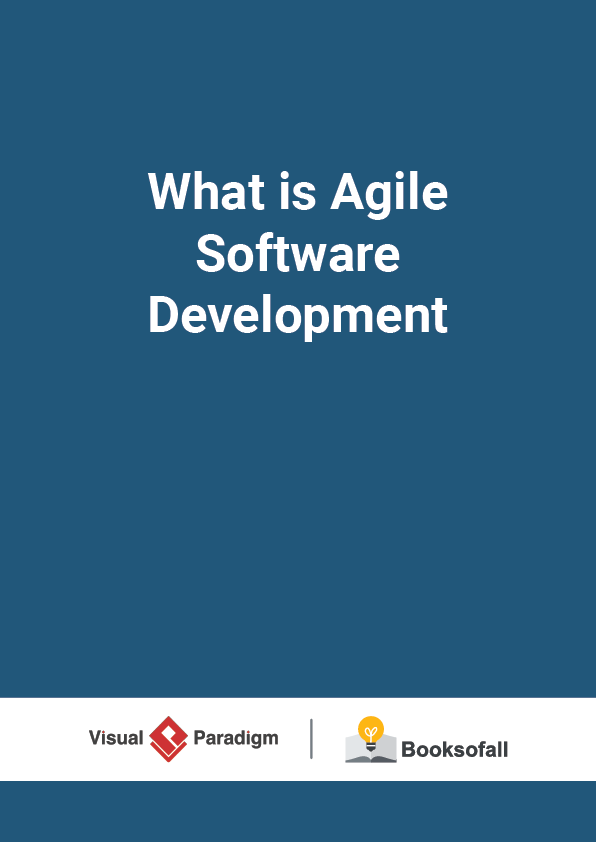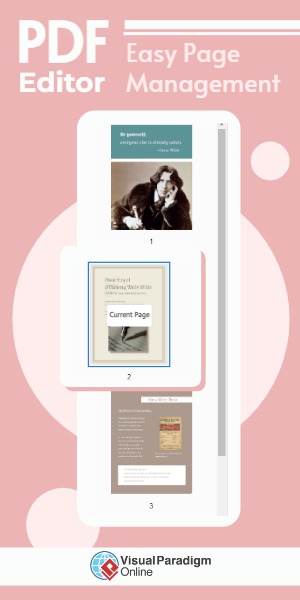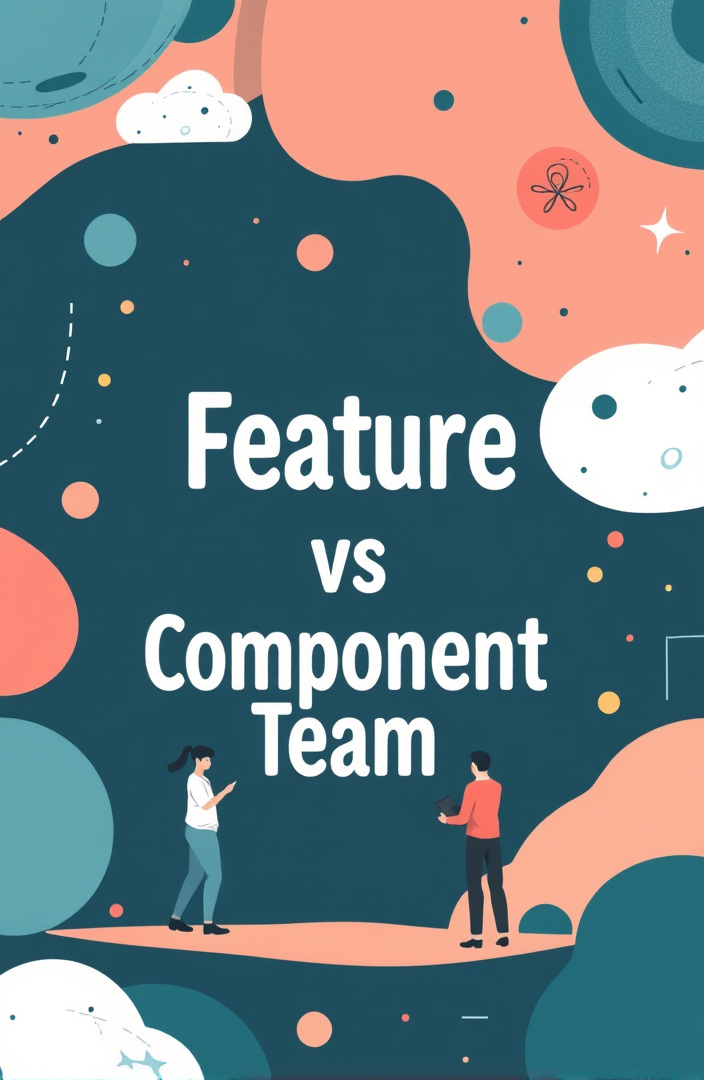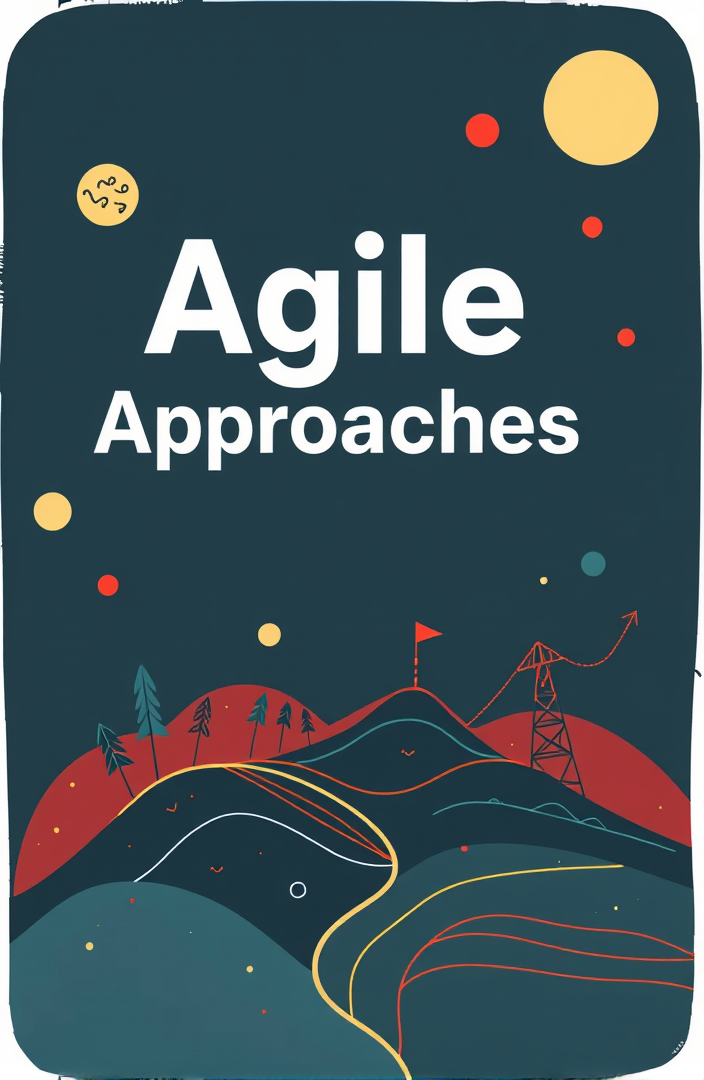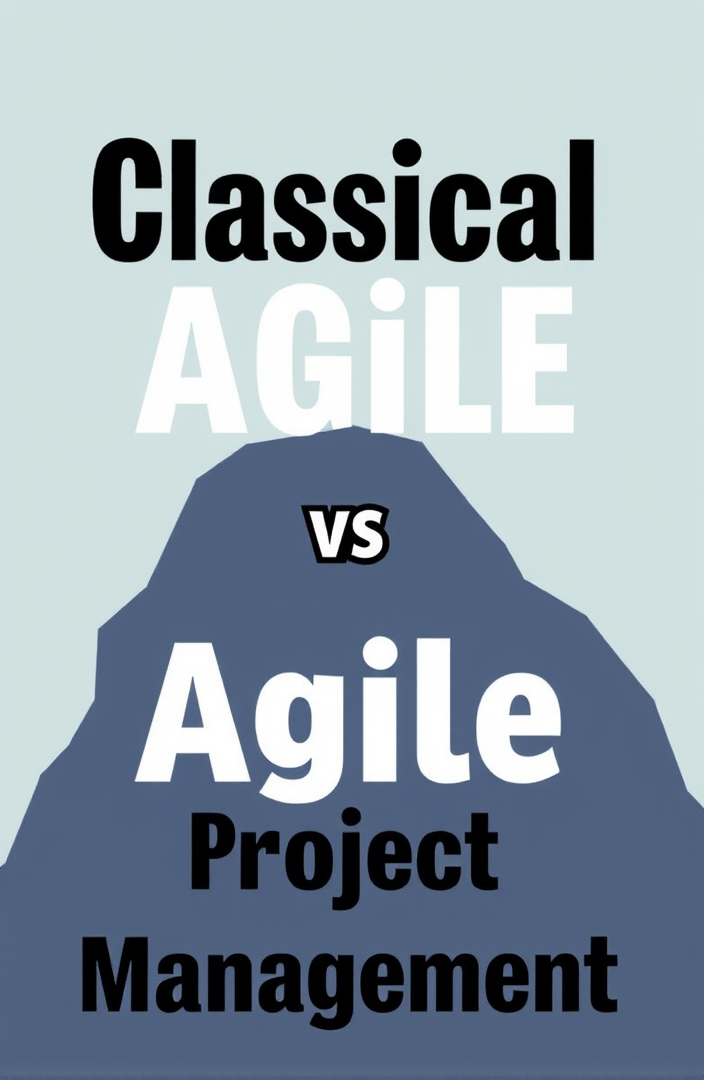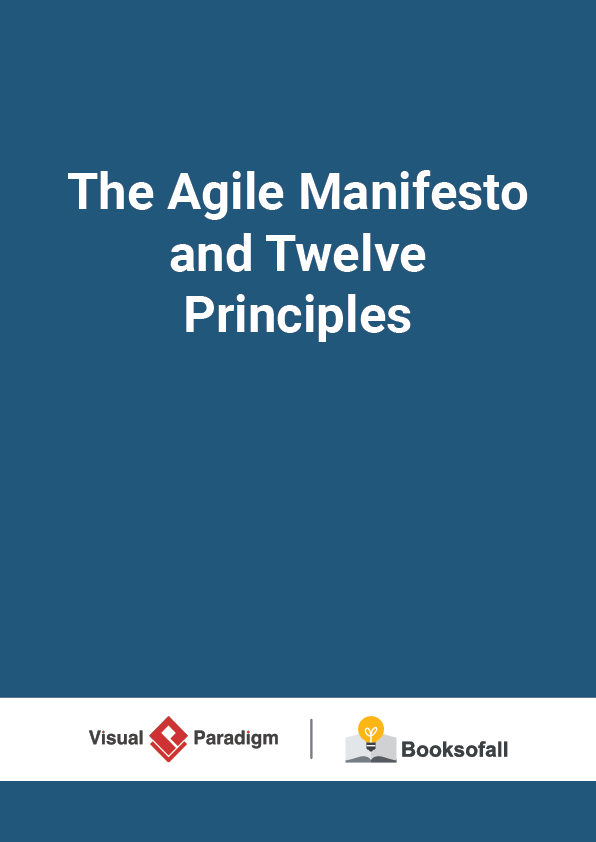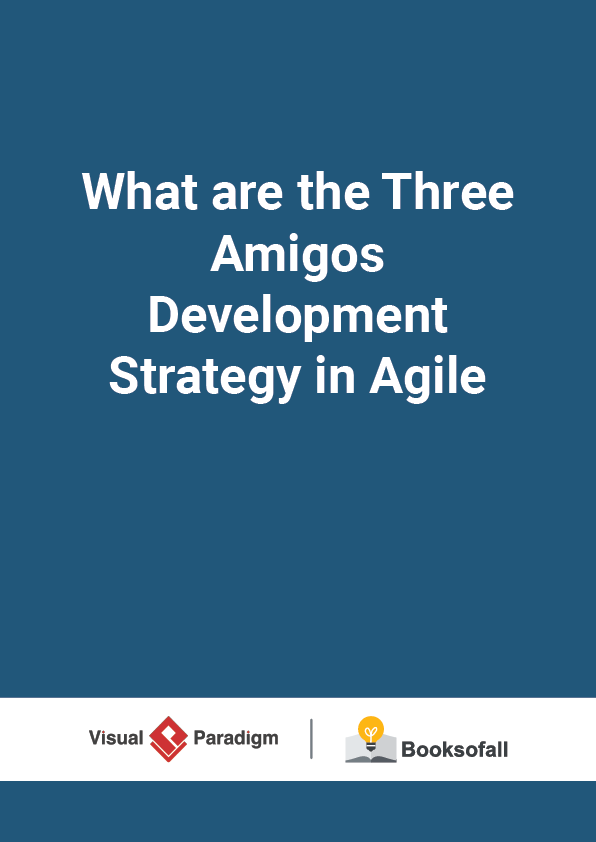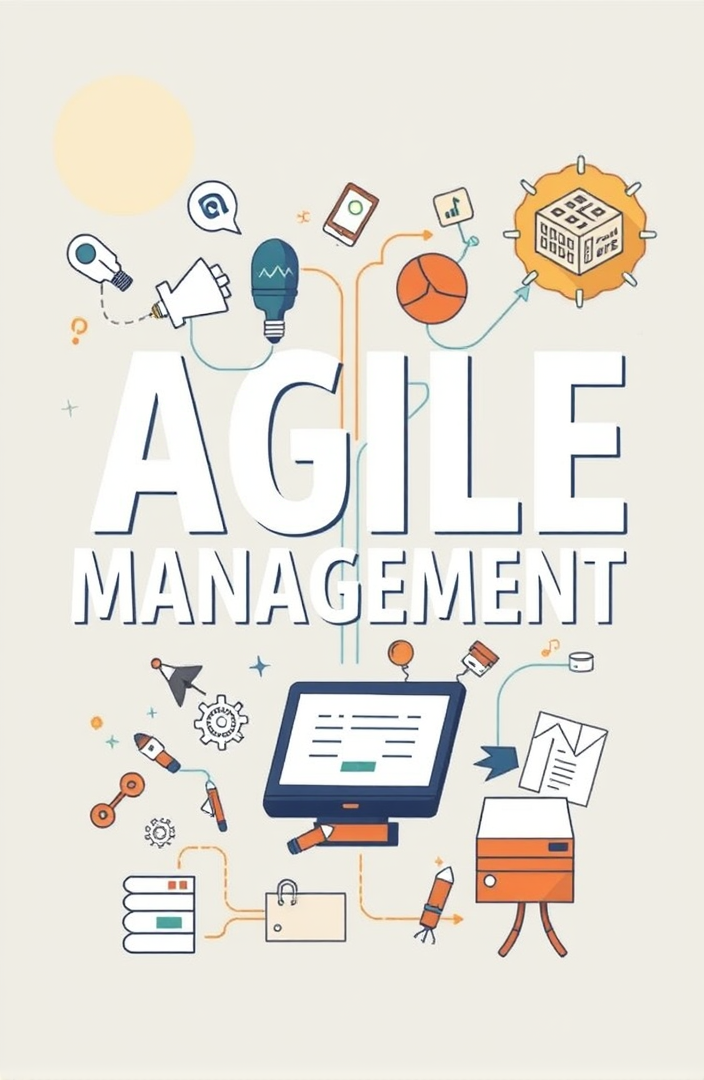What is Agile Software Development?
11-14 minutes
Agile is a term used to describe approaches to software development emphasizing incremental delivery, team collaboration, continual planning, and continual learning, instead of trying to deliver it all at once near the end.
Agile focuses on keeping the process lean and creating minimum viable products (MVPs)that go through a number of iterations before anything is final. Feedback is gathered and implemented continually and in all, it is a much more dynamic process where everyone is working together towards one goal.
Agile Software Development
Scrum and other Leading Agile Methods
Agile is a mindset and it’s a set of values and principles. Agile is a way of thinking and acting. Agile is all about short cycles, iterative and incremental delivery, failing fast, getting feedback, delivering business value to customers early and about people, collaboration and interaction. Agile is a mindset which is all about transparency, inspection and adaptation. Agile however doesn’t consist of any roles , events or artifacts .It’s a mindset. For example, Scrum is one of the widely used frameworks under the Agile umbrella, which may help you in becoming more Agile, there are however many more frameworks within the Agile movement, like Kanban, XP, Crystal and many more as shown in the Figure below:
Scrum agile umbrella
Scrum
Scrum is a framework within which people can address complex adaptive problems, while productively and creatively delivering products of the highest possible value. It is used for managing software projects and product or application development. Its focus is on an adaptive product development strategy where a cross-functional team works as a unit to reach a common goal within 2-4 weeks ( Sprint ). It consists of a collection of values, artifacts, roles, ceremonies, rules and best practices.
Lean
Lean originated with the Toyota Production System, or TPS, which revolutionized the manufacture of physical goods in the 1950s, ‘60s, and beyond. Lean maintains its hold in manufacturing but has also found new applications in knowledge work, helping businesses in all industries eliminate waste, improve processes, and boost innovation . Software development is a natural application of Lean methodology because, much like manufacturing, it generally follows a defined process, has some defined conditions of acceptance, and results in the delivery of tangible value. The key concepts that guide all practice of Lean methodology, which we call the Pillars of Lean. They are:
- Continuous improvement
- Respect for people
- Lightweight Leadership
Kanban
Kanban is a highly visual workflow management method that is popular among Lean teams. In fact, 83% of teams practicing Lean use Kanban to visualize and actively manage the creation of products with an emphasis on continual delivery, while not over burdening the development team. Like Scrum, Kanban is a process designed to help teams work together more effectively.
- Kanban is based on 3 basic principles:
- Visualize what you’ll do today (workflow): Seeing all the items within the context of each other can be very informative
- Limit the amount of work in progress (WIP): This helps balance the flow-based approach so teams don‘t start and commit to too much work at once
- Enhance flow: When something is finished, the next highest priority item from the backlog is pulled into play
Kanban promotes continuous collaboration and encourages active, ongoing learning and improvement by defining the best possible team workflow.
